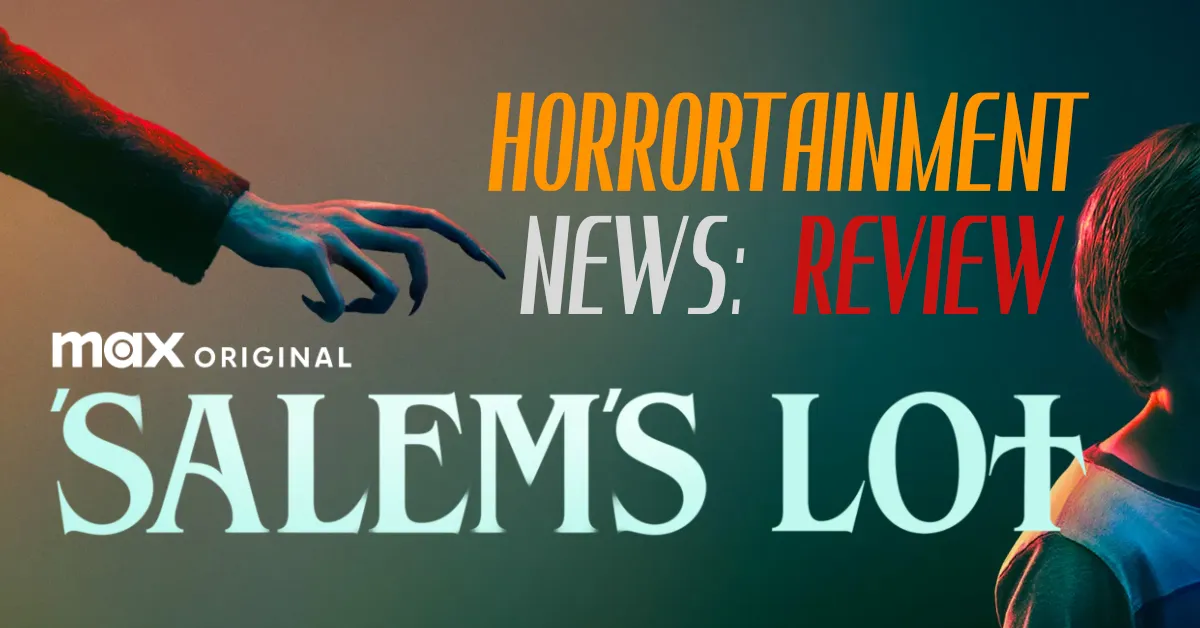
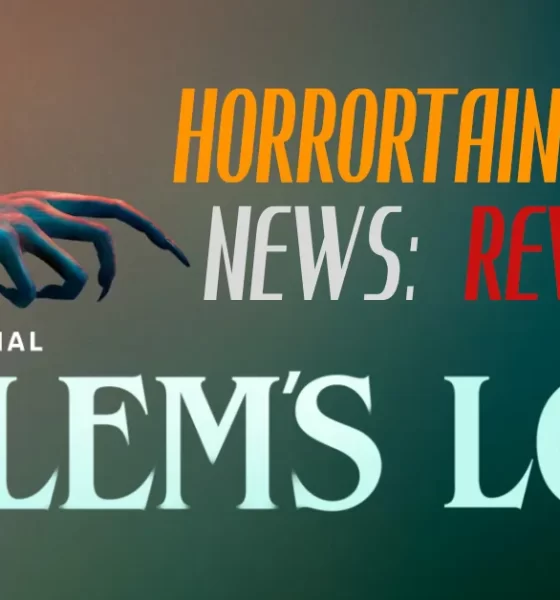
review
Salem’s Lot (2024): a Review
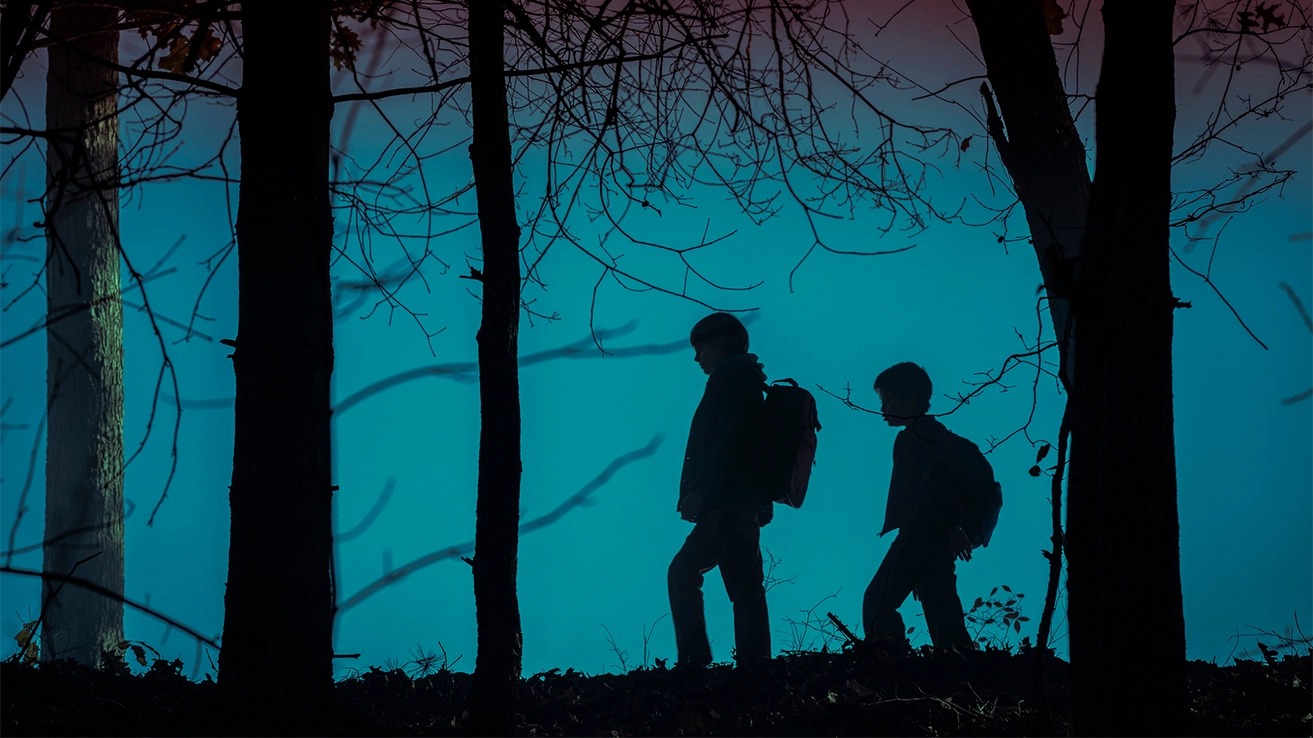
In a landscape saturated with horror adaptations, Salem’s Lot (2024) emerges as a fresh yet uneven interpretation of Stephen King’s classic novel. Directed by Gary Dauberman, this latest incarnation of the vampire tale set in the fictional town of Jerusalem’s Lot ambitiously aims to blend terror and emotional depth. While the film delivers some genuinely chilling moments and strong performances, it ultimately stumbles due to pacing issues, character development, and a failure to fully realize the source material’s richness.
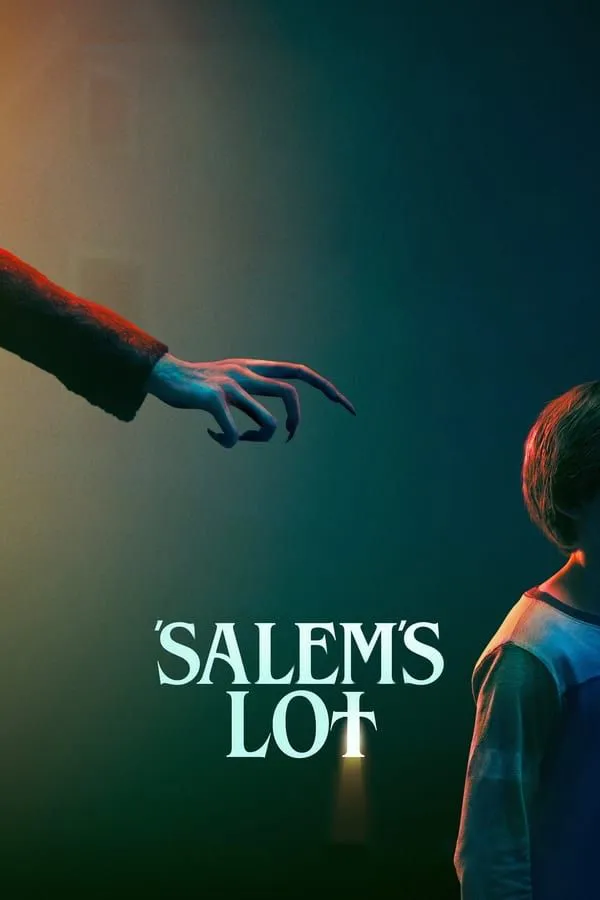
Plot Overview
At its core, Salem’s Lot follows Ben Mears (played by Lewis Pullman), an author returning to his hometown to confront his childhood demons, only to discover that the town has been infiltrated by a sinister vampire, Kurt Barlow (Alexander Ward). The narrative touches on themes of isolation, the nature of evil, and the fight against insidious forces—both literal and metaphorical. The film’s cinematography captures the haunting essence of small-town life, effectively establishing an eerie atmosphere that permeates the storyline.
Strengths of the Film
One of the film’s notable strengths is its commitment to horror. Dauberman adeptly builds tension with a series of well-executed scares and atmospheric sequences that pay homage to the chilling essence of King’s writing.
Character Development Issues
However, this relentless pace often comes at the expense of character development. Characters learn critical information about the vampire threat at an alarming rate, seemingly without adequate exposition or justification. For example, scenes intended to illustrate the depth of the characters’ relationships are truncated or glossed over, leading to a disconnection between the audience and the characters. As viewers, we find ourselves asking how they could adapt and react so swiftly when the horror escalates, ultimately detracting from the overall immersion.
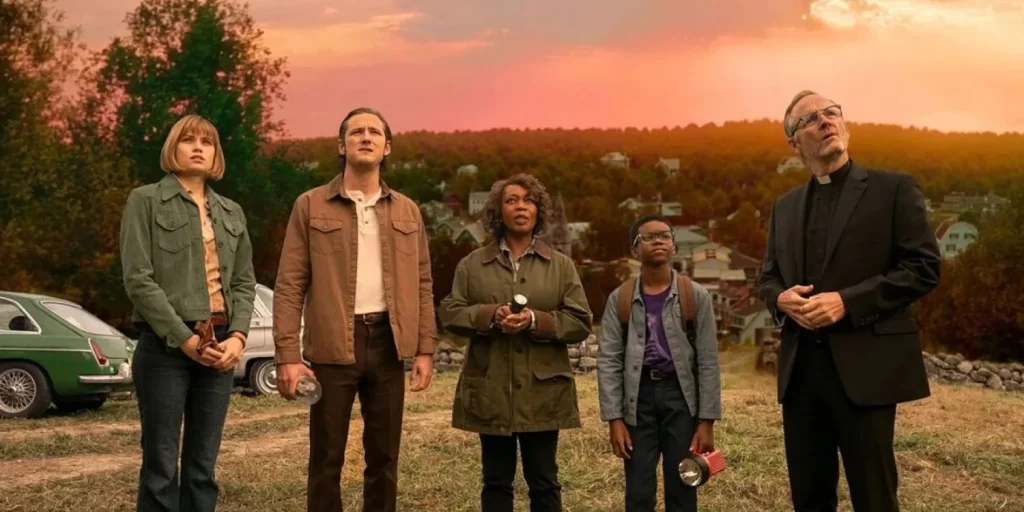
Missed Opportunities from the Source Material
Moreover, the adaptation misses several key opportunities to delve deeper into the emotional and psychological layers present in King’s novel. The book intricately explores the backstories of its characters, making their fears and struggles resonate with readers. In the film, many of these complexities are either reduced to surface-level sketches or completely omitted, resulting in a narrative that feels rushed. For instance, the friendship between Ben and Mark Petrie, the young boy who becomes an unlikely ally in the battle against Barlow, lacks the emotional weight that it should carry. This relationship is pivotal in the book, showcasing the innocence of youth contrasted against the dark forces they face. The film hints at this connection but fails to flesh it out meaningfully, leaving viewers yearning for a more nuanced exploration of their bond.
Pacing and Narrative Structure
More on the film’s pacing, which feels erratic at times: There are moments of genuine tension that are quickly followed by scenes that resolve conflicts too conveniently or abruptly. The narrative shifts from high-stakes drama to momentary lulls, undermining the film’s suspense. Such pacing issues highlight the necessity of a longer director’s cut that could allow for deeper character arcs, more nuanced interactions, and a more gradual unfolding of the horror elements. A longer runtime would provide the breathing space needed for the story to unfold organically, allowing viewers to invest in the characters’ journeys before the chaos ensues.
The Mini-Series Format Advantage
In this regard, the mini-series format could have been a far more effective medium for Salem’s Lot. An 8-hour mini-series would allow for a comprehensive exploration of the source material, affording each character the necessary development and backstory to create a compelling narrative tapestry. The intricacies of King’s novel, from the haunting memories of Ben’s childhood to the gradual corruption of the town, would benefit significantly from this expanded format. Not only could the pacing be adjusted to build tension more organically, but the richness of the characters and their motivations could be explored in greater depth.

Conclusion
In conclusion, while Salem’s Lot (2024) has its merits—particularly in its atmospheric horror and effective moments of suspense—it ultimately falls short of fully realizing the potential of its source material. The film’s rushed character development and pacing issues prevent it from achieving the emotional resonance and depth that King’s novel so deftly provides. A longer director’s cut or, better yet, an 8-hour mini-series could transform this adaptation into a truly memorable exploration of terror, evoking both fear and empathy. As it stands, Salem’s Lot remains an intriguing that’s absolutely worth seeing, despite its shortcomings.
review
The Glass Dome
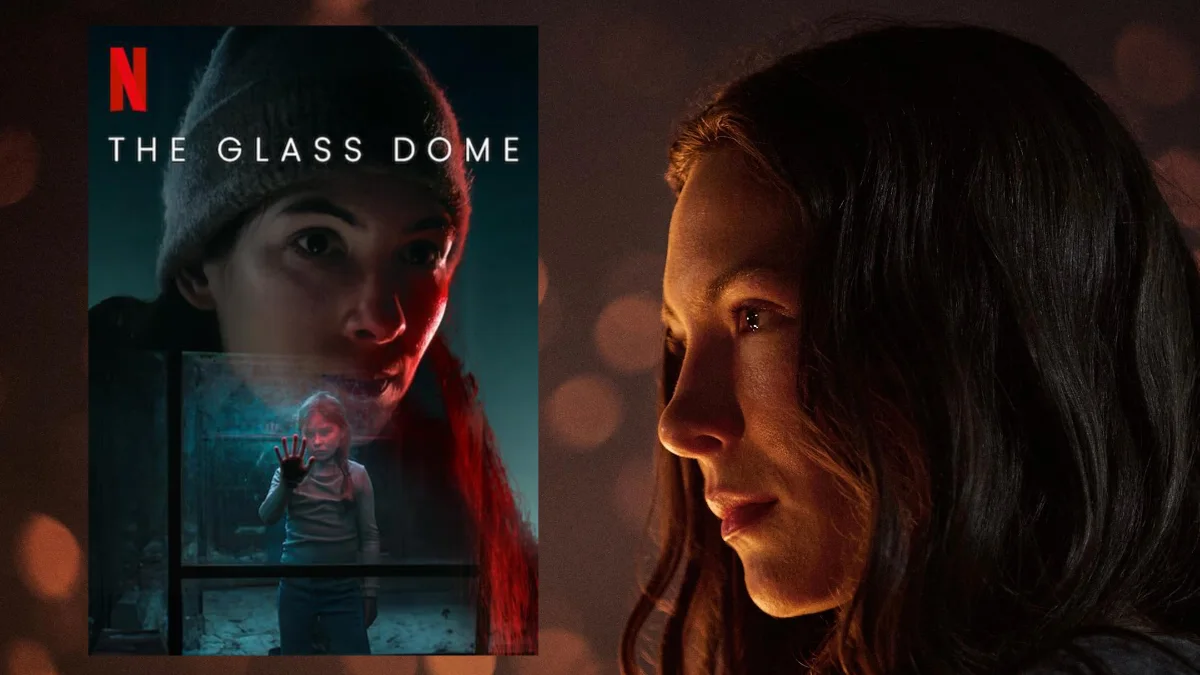
Summary
The Glass Dome is a Swedish mini-series centered on Lejla, a traumatized criminologist who returns to her hometown and becomes entangled in a chilling mystery involving a missing child and echoes of her own abduction. As the story unfolds, the psychological thriller intensifies with twists, strong performances, and haunting Scandinavian scenery. A gripping Nordic drama, it balances emotional depth with atmospheric suspense, making it a standout recommendation for horror and mystery fans
The Swedish mini-series The Glass Dome follows Lejla (Leonie Vincent), a criminologist who returns from the United States to her small hometown of Grånas, Sweden, for the funeral of her adoptive mother. Lejla’s past is marked by deep trauma—she was abducted as a child and held captive for nearly a year before managing to escape. During her disappearance, her biological mother died by suicide, overwhelmed by grief. Lejla was then adopted by Valter (Johan Hedenberg), the police investigator who handled her case, and his wife Anne-Marie.

Upon returning home, Lejla finds the community in turmoil. The expansion of a local mine, managed by Said (Farzad Farzaneh), has sparked environmental and social unrest. Things take a darker turn when Said’s wife and Lejla’s childhood friend, Louise, is found dead—an apparent suicide. But their young daughter Alicia (Minoo Andacheh) has also gone missing and when her neatly folded clothes are discovered at the entrance to one of the mines, it becomes clear that she’s been abducted.
Initially, suspicions fall on upset locals seeking revenge for the mine’s environmental damage—especially when Louise’s death is ruled a staged suicide. But when another girl disappears, Lejla begins to fear that her own childhood captor may be at large once again. With the help of her adoptive father Valter and her enigmatic uncle Tomas (Johan Rheborg), Lejla races to uncover the truth before it’s too late.
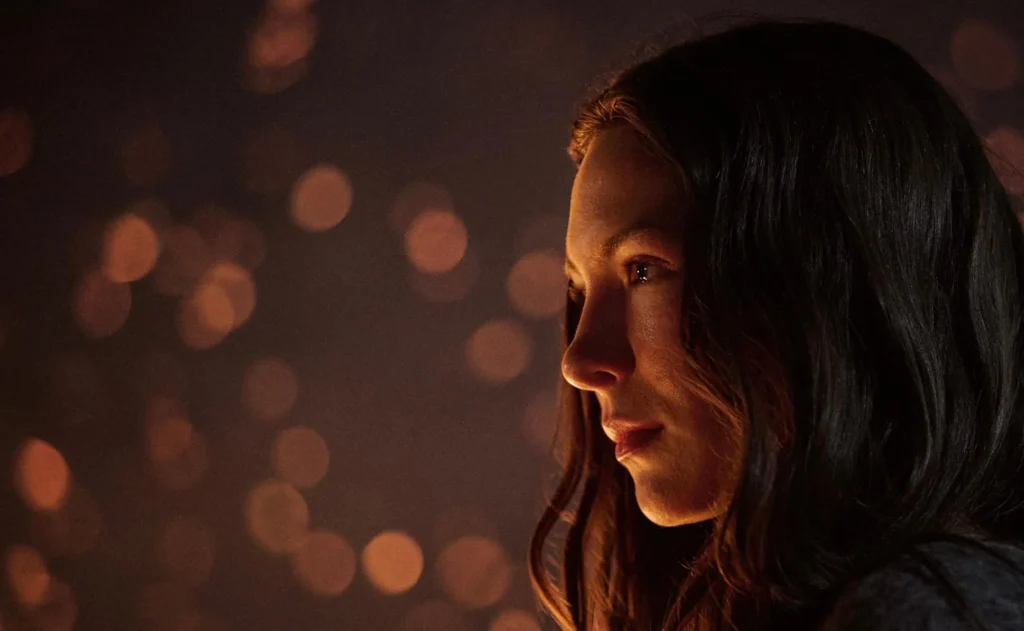
This Nordic thriller, with its eerie atmosphere and psychological horror elements, is absolutely riveting. The narrative is rich with twists and turns—just when you think you’ve figured it out, the story pivots in a new direction. But it never feels convoluted. Every piece fits together in a chilling but satisfying conclusion.
The acting is exceptional. Vincent delivers a compelling performance as Lejla, skilfully portraying a woman haunted by her past yet determined to save others from a similar fate and in conclusion resolve her own ghosts. Rheborg and Hedenberg are equally strong in their roles, grounding the series in emotional authenticity. The haunting tone, paired with bleak and beautiful Scandinavian landscapes, adds to the overall atmosphere of quiet dread.
Final Verdict
While The Glass Dome is not a traditional horror series, it’s a must-watch for horror lovers. Its psychological undertones, unsettling mystery, and suspenseful pacing slot it perfectly into the more subtle realms of the genre. Nordic thrillers rarely disappoint, and this one is no exception. Plus, for those who shy away from subtitles, it’s available dubbed in English on Netflix. Don’t miss it.
review
It Feeds
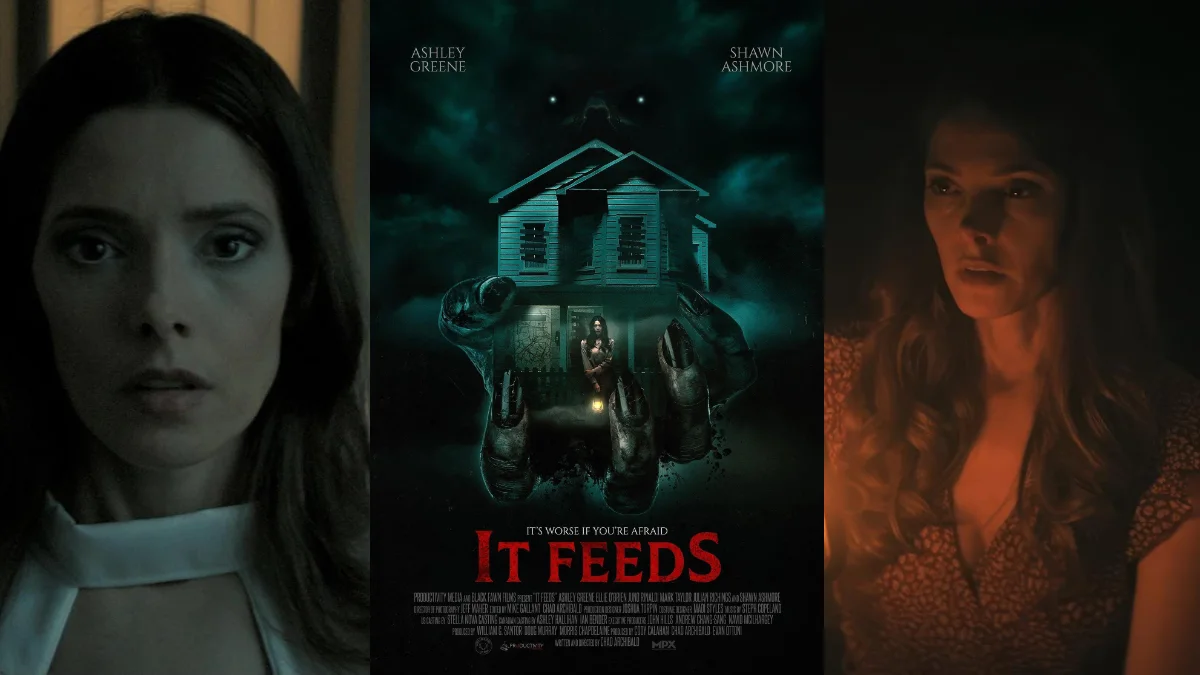
Summary
It Feeds follows therapist and psychic Cynthia Winstone as she encounters a malevolent entity attached to a new patient, Riley, sparking a terrifying series of events. While the film delivers striking visuals and a creepy creature design, its plot suffers from disorganization and mismatched stylistic choices. Despite its flaws, the film marks director Chad Archibald as a promising talent in horror.
Cynthia Winstone (Ashley Greene) is a therapist and psychic medium who helps her patients recover from past trauma. Her daughter, Jordan (Ellie O’Brien), works as her assistant, though she’s unsure if she’s inherited her mother’s abilities. Her father, also a medium, tragically died due to negative forces.
One afternoon, a distressed girl named Riley Harris (Shayelin Martin) arrives at their home, desperate for help. Her father, Randall (Shawn Ashmore), was referred to Cynthia by a former patient, Agatha (Juno Rinaldi). While Jordan begins taking Riley’s case history, Cynthia enters the room and is immediately horrified by the entity feeding off Riley. Refusing to treat her, Cynthia is visibly shaken—relieved when Randall suddenly arrives to take his daughter away. But Jordan can’t shake the encounter, and what follows is a dark and dangerous confrontation with both supernatural and human threats.
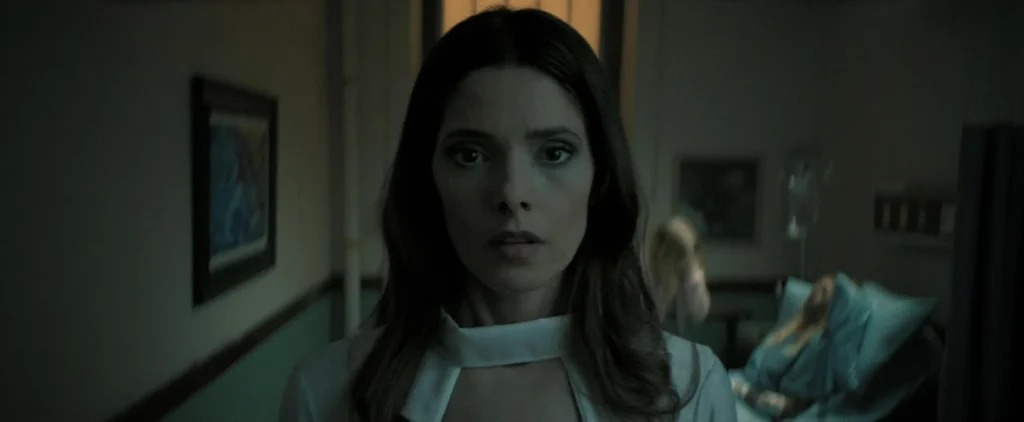
Writer and director Chad Archibald shows promise in the horror space with It Feeds. While the film has moments of tension and visually striking effects—particularly the demonic entity, which is genuinely unnerving for horror newcomers—the narrative often feels cluttered and chaotic. It tries to juggle too many elements, losing focus in the process.
One major distraction is the baffling costuming. In pivotal scenes—especially during confrontations with the entity—the Gothic wardrobe choices for Cynthia and even Riley feel out of place and unintentionally comical. These costume choices don’t serve the story and feel like a misplaced attempt at visual flair that ultimately detracts from the atmosphere.
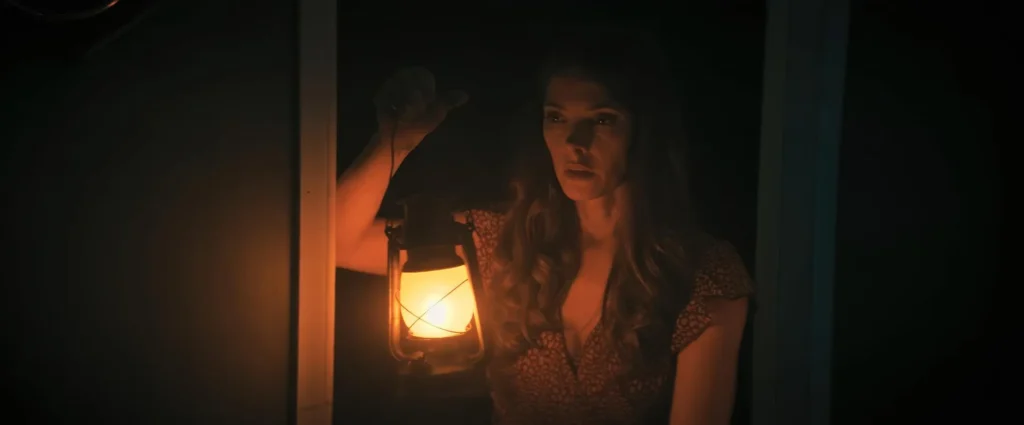
It Feeds comes across like a mix of Insidious, It Follows, and The Conjuring, tossed together in hopes of capturing that familiar formula. With a more streamlined plot and clearer direction, it could have been much more effective. The acting is decent but doesn’t particularly stand out, though the creature design is a clear highlight and arguably the strongest part of the film.
Final Verdict
While It Feeds may satisfy those new to horror, it doesn’t bring much innovation for seasoned fans of the genre. That said, Chad Archibald’s potential is clear. With a tighter script and more focused vision, his future projects could be well worth watching. I’ll definitely be keeping an eye out for what he does next.
review
Dead Mail
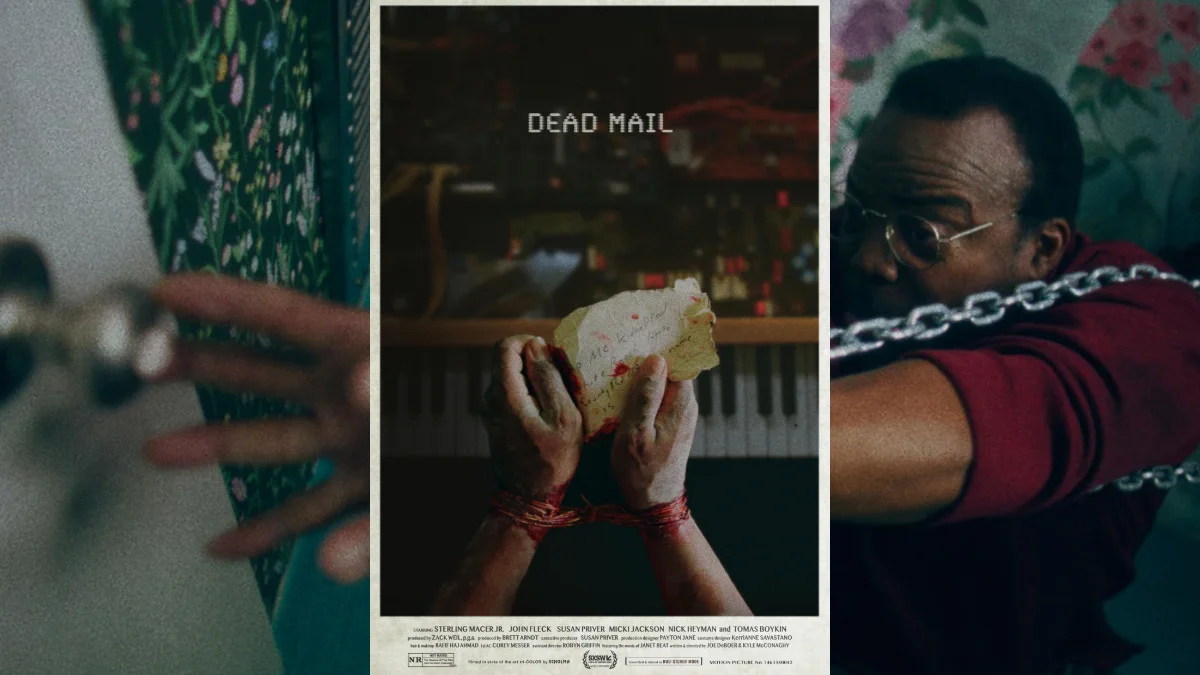
Summary
Dead Mail is a noir-inspired indie horror film set in the 1980s, following a kidnapped man whose plea for help reaches a postal investigator. While the film successfully captures the visual style of the era, it lacks originality and emotional engagement. Despite strong poster art and a creepy performance by John Fleck, the reviewer ultimately found the film disappointing.
Dead Mail follows Josh (Sterling Macer Jr.), a kidnapped keyboard technician who manages to slip a desperate note for help into a mailbox just before being knocked unconscious by his captor, Trent (John Fleck). That note ends up in the hands of a dead letter investigator at the post office, setting the story in motion. The film, set in the 1980s, embraces the era with a visual style that mimics the grainy texture of movies from that time.
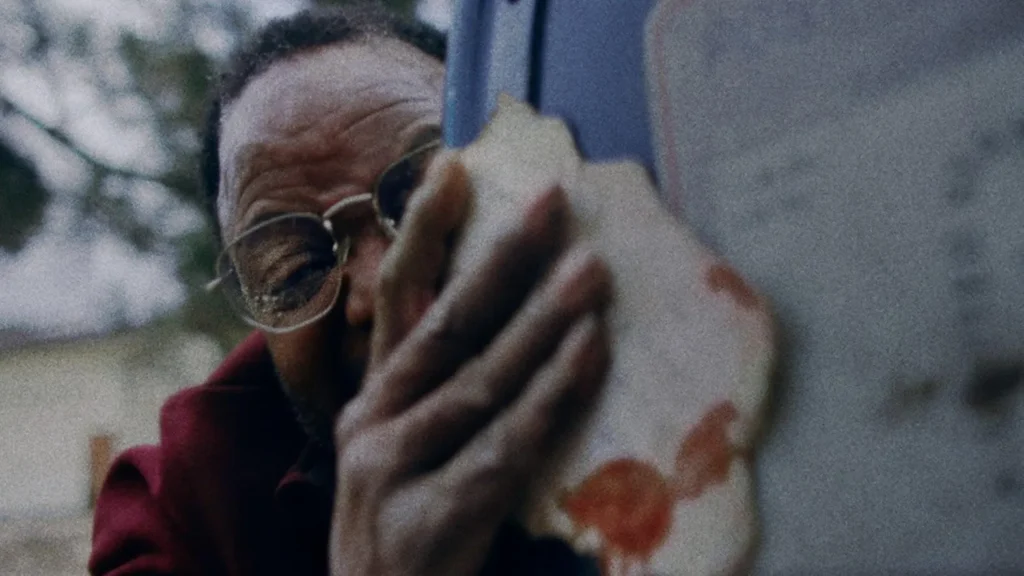
Now, don’t get me wrong—I love the ’80s. That was my time. And the decade gave us a treasure trove of horror films that still hold up today. But if I want to watch an ‘80s horror movie, I’ll revisit the classics. I don’t need a modern imitation that doesn’t offer anything new.
Written and directed by Joe DeBoer and Kyle McConaghy, Dead Mail unfortunately brings little innovation to the horror genre. It’s an indie film that, for me, fell flat. I genuinely tried to find something redeeming about it, but it just didn’t land. The acting was average, the storyline lacked intrigue, and I never felt truly invested in what was unfolding on screen.
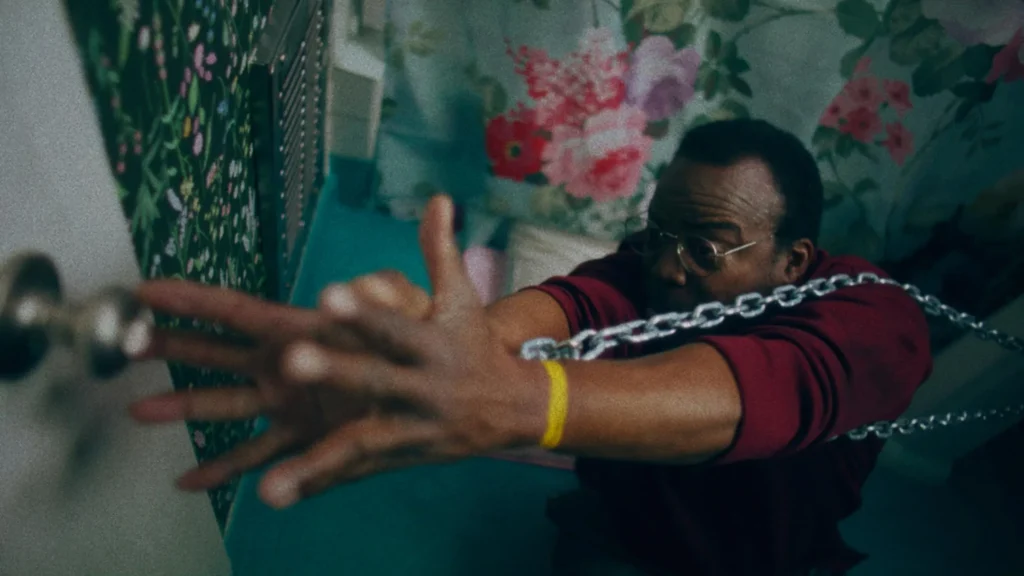
That said, the poster art was fantastic—it did its job in grabbing attention and creating initial curiosity. And to be fair, getting a film made is no small feat. I’m not denying that DeBoer and McConaghy have talent, and with a stronger, more developed story, I believe they could deliver something much more impactful. I would still give another one of their films a chance in the future.
For some viewers, the noir-horror hybrid approach may appeal. The effort to recreate the feeling of an old film was well executed, and John Fleck certainly brings a creepy energy to the screen. But for me, it wasn’t enough to elevate the film into something memorable.
Final Verdict
I wouldn’t waste my time. While I fully support indie film making and often find hidden gems in the genre, Dead Mail just isn’t one of them. I walked away disappointed.

 on disc11 months ago
on disc11 months agoSecond Sight’s 4K Release of The Hitcher

 review11 months ago
review11 months agoIncantation 2022 Horror Movie on Netflix

 news10 months ago
news10 months agoWitchboard Remake Terrifies Audiences

 review8 months ago
review8 months agoLes Chambres Rouges (Red Rooms)

 on disc11 months ago
on disc11 months agoVillage of the Damned 4K: A Chilling Classic Reborn

 review11 months ago
review11 months agoA Mind-Bending Masterpiece of Stop-Motion Nightmare

 review11 months ago
review11 months agoSAW X (2023) – A Worthy Sequel That Revitalizes the Franchise

 review10 months ago
review10 months agoNetflix’s Zodiac Killer Series: Anticipation Builds for True Crime Thriller





























